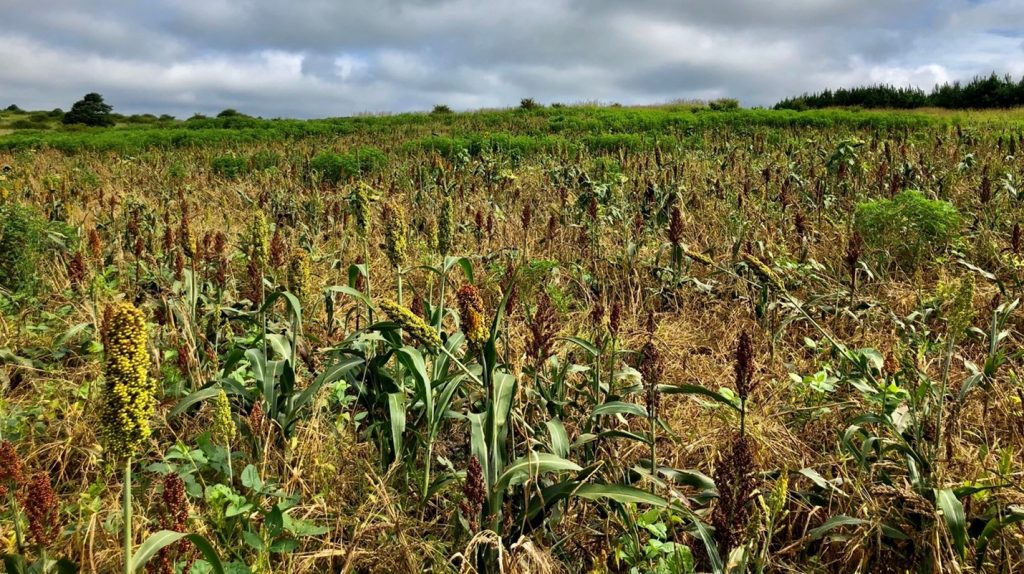Sustainability
The Alabama Mining Association defines the three pillars of sustainability as social responsibility, environmental stewardship, and economic impact and we believe that sustainable mining starts at the local level.
Today’s mining operations are highly regulated and must follow strict state and federal environmental laws that protect our air, land, and water as well as the people and animals who depend on these resources. Comprehensive reclamation requirements ensure that land used for mining is returned to its original contour and revegetated after it is mined. Bonding requirements provide assurance that reclamation will be completed even if a mining company defaults on its obligation.
Sustainable mining requires a company to strictly adhere to these laws and regulations and then seek opportunities to exceed what is required in an effort to produce an outcome that is meaningful and benefits our state and our environment.
The concept of sustainable mining is not new, but the Alabama Mining Association is enthusiastically leading the effort to bring the concept to the United States and is the first state association to establish a sustainable mining program. Focusing on sustainability efforts at the state level allows AMA to help its members set constructive goals and achieve outcomes that are meaningful to the citizens of Alabama.
The first phase of AMA’s sustainable mining program is focused on the inherent social responsibility mining companies owe to their neighbors in the communities where they operate. Our new Community Responsibility & Engagement Committee is tasked with outlining the locally-focused transparency, accountability, and accessibility that will be required for AMA’s members who opt to seek our sustainable mining site certification.
An example of a sustainable mining effort

Wild Bobwhite Quail Restoration effort on reclaimed mine property in Walker County, Alabama
Mining by its nature is a temporary use of land. Reclamation laws ensure that mined land is returned to its pre-mining condition. Rural land is typically returned to its approximate original contour and revegetated with grasses or marketable timber. However, reclamation also provides an opportunity to redevelop land to make is suitable for a new purpose such as wildlife habitat.
An AMA member is currently in the process of converting a post reclamation property into habitat that will foster the propagation of small native wild Bobwhite Quail population. The mining company’s extensive reclamation experience and fleet of heavy-duty agriculture equipment has allowed them to perform the disking, prescribed burning, and invasive plant species removal necessary to establish the brood-rearing habitat required to increase the native quail population. If successful, this project will be the state’s first successful effort to rebuild the population of an iconic southern game bird that disappeared from landscapes in southern states during the early part of the 20th century. By sharing the lessons they learned during this experimental process with nearby landowners, the company hopes to strengthen the local economy by establishing the region’s only huntable population of wild Bobwhite Quail. Doing so will encourage local landowners to invest in the costly and arduous habitat improvement efforts necessary to sustain and grow a wild quail population.

